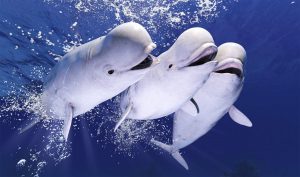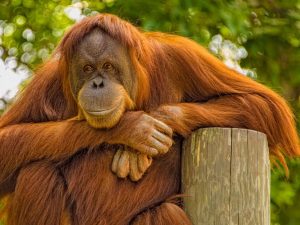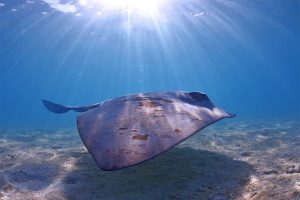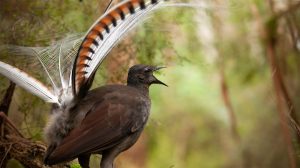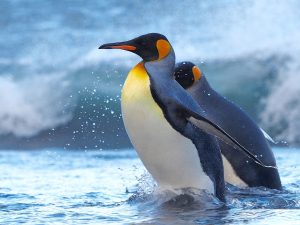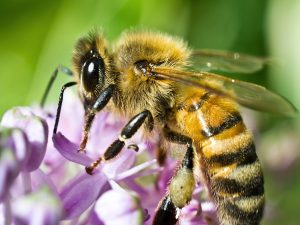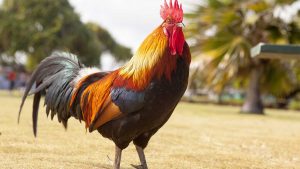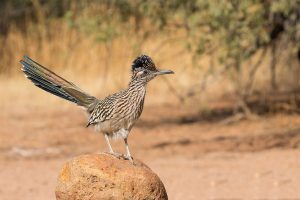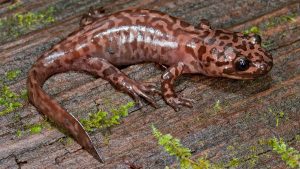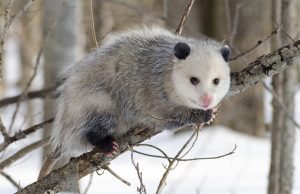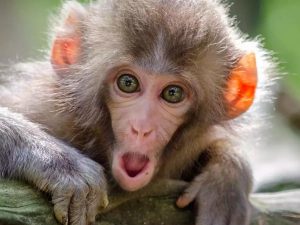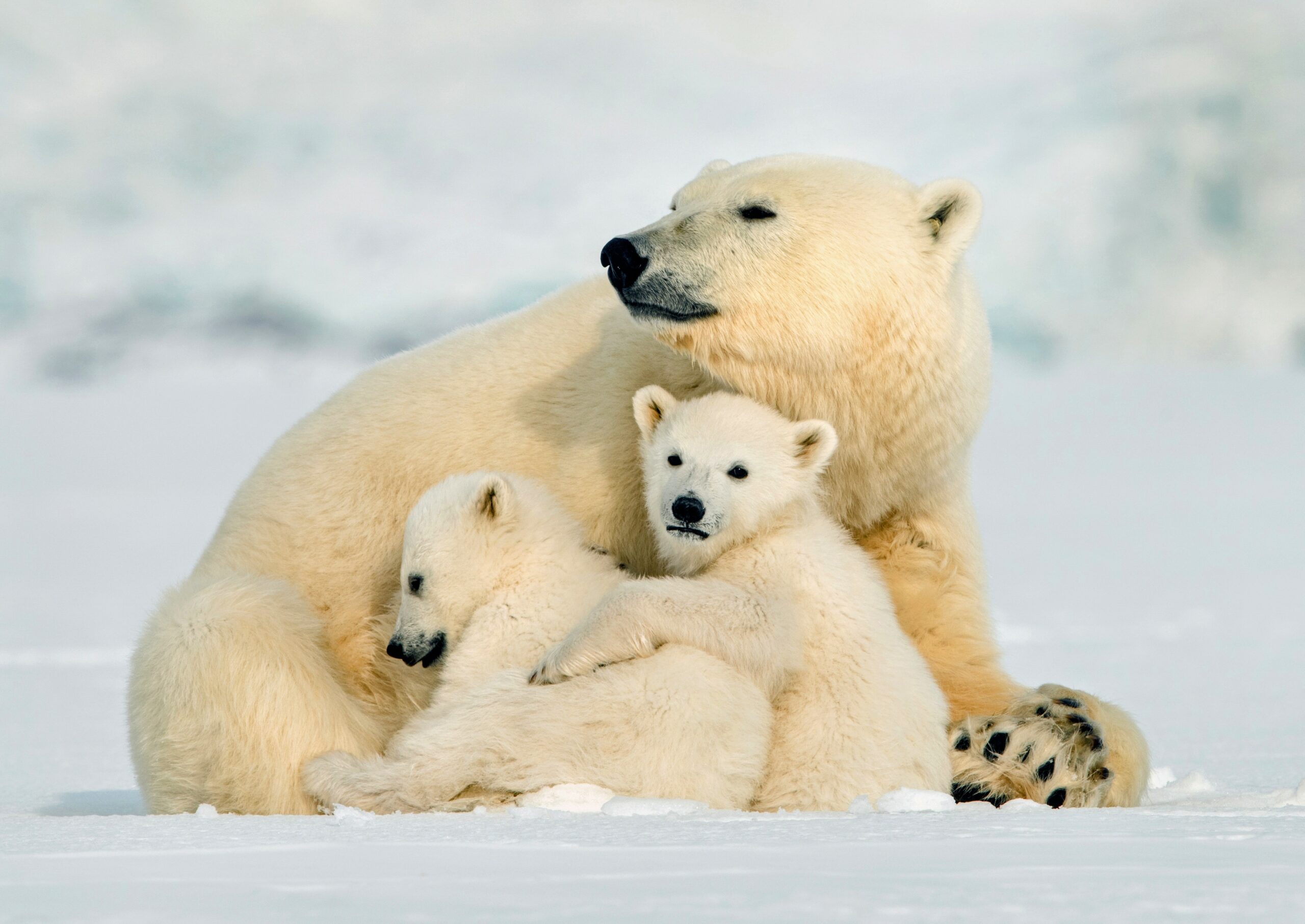
13 interesting facts about Polar bear
- 👁️ 929
Polar bears are one of the most iconic and well-known animals of the Arctic. These magnificent creatures are well adapted to life in the harshest of environments and are an important part of the ecosystem. In this article, we’ll explore some fascinating facts about polar bears.
- Polar bears are the largest land predators in the world, with adult males weighing up to 1,000 pounds.
- Polar bears are excellent swimmers and can swim for long distances, using their large front paws as paddles.
- Polar bears are classified as marine mammals because they spend most of their lives on sea ice.
- Polar bears are not actually white, their fur appears white because it reflects the sun’s light.
- Polar bears have a highly specialized diet, consisting almost exclusively of seals.
- Polar bears are considered to be a vulnerable species, with their populations declining due to climate change and hunting.
- Polar bear cubs are born blind and weigh less than a pound at birth, but grow rapidly with the help of their mother’s milk.
- Polar bears have a highly developed sense of smell, which they use to locate seals and other prey.
- Polar bears are solitary animals and only come together during mating season.
- Polar bears are skilled hunters, capable of killing seals with a single swipe of their powerful paw.
- Polar bears have black skin and clear fur, which helps to absorb heat from the sun and keep them warm in their icy habitat.
- Polar bears are facing many challenges due to climate change, including loss of sea ice, which is crucial for hunting and traveling.
- Polar bears have been protected by international law since the 1970s and are listed as a vulnerable species under the Endangered Species Act.
Conclusion: In conclusion, polar bears are amazing creatures that are well adapted to life in the harsh Arctic environment. Despite their tough exterior, they are facing many challenges due to climate change and loss of sea ice. It’s important that we work to protect these magnificent creatures and their habitat for future generations.
